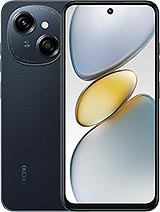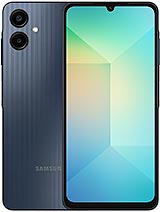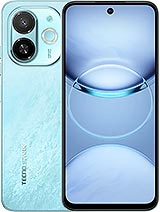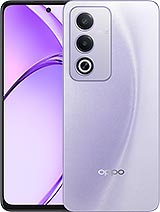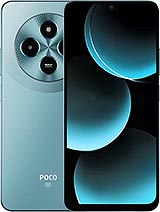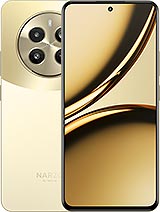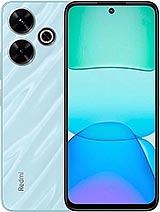Motorola Moto G35 alternatives
Tap above to see alternatives.
Redmi 13 alternatives
Tap above to see alternatives.
Motorola Moto G35

Motorola Moto G35
-
Unisoc T760
6 nm
-
5000 mAh
18W
-
6.72"
1080 x 2400 pixels
-
50 MP
4K@30fps
1x2.2 GHz Cortex-A76
3x Cortex-A76
4x Cortex-A55
2x2.2 GHz Cortex-A78
6x2.0 GHz Cortex-A55
8GB 128GB (UFS 2.2)
8GB 256GB (UFS 2.2)
f/1.8 (wide), 0.64µm, PDAF
8 MP
f/2.2, 120˚ (ultrawide), 1/4.0", 1.12µm
f/1.8, (wide), 0.64µm, PDAF
2 MP
(depth)
1080p@30fps
f/2.5, (wide), 1.0µm
f/2.5, (wide)
SIM1: Nano, SIM2: Nano
SIM1: Nano, SIM2: Nano (Hybrid)
FDD: N1, N3, N5, N7, N8, N20, N26, N28
TDD: N38, N40, N41, N77, N78
FDD: N1, N3, N5, N8, N28
TDD: N40, N78
FDD: N1, N3, N5, N7, N8, N20, N26, N28
TDD: N38, N40, N41, N77, N78
FDD: N1, N3, N5, N8, N28
TDD: N40, N78
In this comparison, the Redmi 13 with the Qualcomm Snapdragon 4 Gen 2 AE (4nm) performs better than the Motorola Moto G35 with the Unisoc Unisoc T760 (6nm), thanks to its more efficient chipset.
The Redmi 13 offers 2 years of OS updates, while the Motorola Moto G35 provides 1 years. When it comes to security updates, Redmi 13 leads with 3 years of support.
Both phones use LCD panels. They have the same 120 Hz refresh rate. Motorola Moto G35 also has a brighter display with 1000 nits, improving outdoor visibility. These phones have the same resolution.
Redmi 13 has a larger 5030 mAh battery for longer usage. Redmi 13 supports faster wired charging at 33W.
Redmi 13 offers better water and dust resistance with an IP53 rating.

